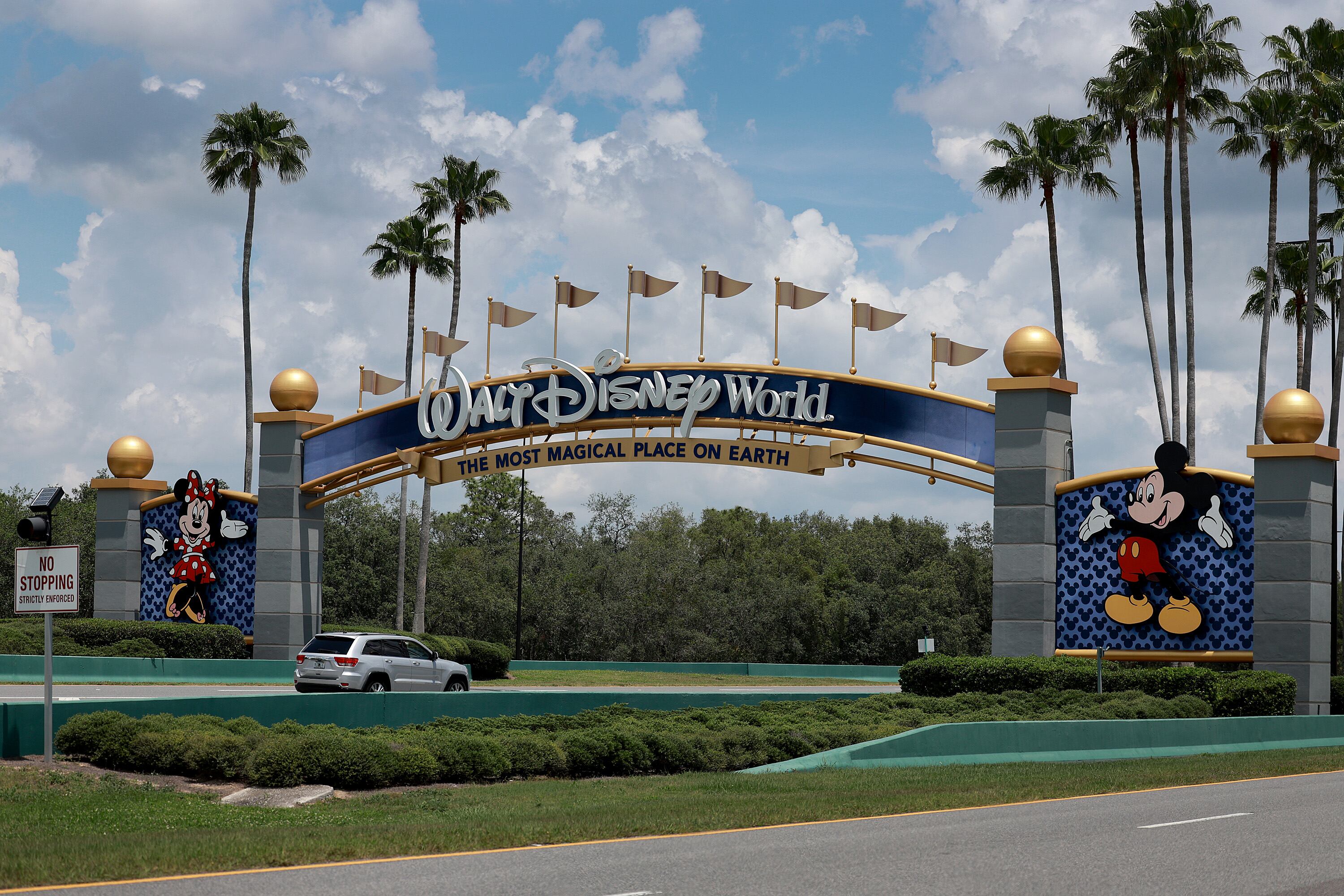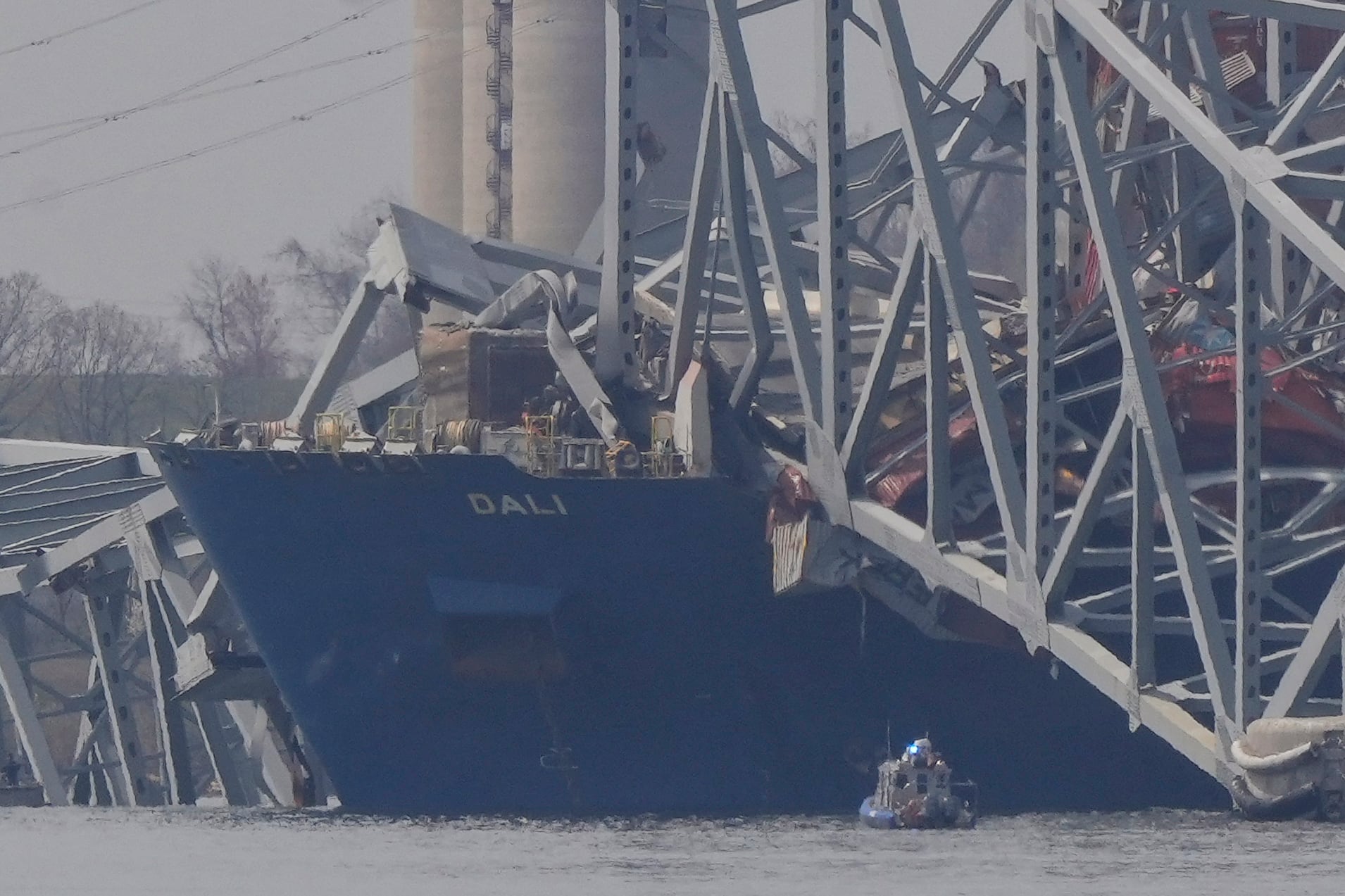Remember during the 2020 lockdowns when you couldn't get your favorite cereal or the right kind of cat food because of “supply chain” issues? Well, that’s basically what Paul Atreides (Timothée Chalamet) is threatening to disrupt in the new movie “Dune: Part Two.” Because characters in “Dune” are talking about controlling the spice, using the spice and destroying the spice, you may find yourself wondering what the whole deal with the spice is. And more urgently, what does getting high have to do with interstellar economics?
While the spice is technically a narcotic in the world of “Dune,” what makes it such an interesting economic metaphor is that in the context of the novels and the movies, spice is like if truck drivers or train conductors needed a specific drug that granted them the ability to know how to drive. Without the spice, Guild Navigators (think, space truckers, only much more influential) can’t safely move massive spaceships from planet to planet. You may have seen the ultimate example of how this kind of supply chain capitalism works IRL in the form of a bumper sticker which reads: “If you bought it, a trucker brought it.” In “Dune,” this is translated to “the spice must flow,” meaning that without movement from place to place, you can’t get the stuff that you want, and without your stuff, life is meaningless.
When Frank Herbert wrote “Dune” in the 1950s, eventually publishing it as a novel in 1965, the limited resource of the spice was intentionally meant to represent oil. Like the desert climate of Arrakis, the preponderance of oil in the Middle East was a clear parallel. But, “Dune’s” commentary on broken Western economics extends way beyond cultural similarities. Instead, the spice in “Dune” represents a very specific reason why late-stage capitalism is not just horrible but headed for a catastrophic endgame.
In the 2021 movie “Dune: Part One,” Thufir Hawat (Stephen McKinley Henderson) tells Duke Leto (Oscar Isaac) that the Harkonnens were making a profit of “10 Billion solaris,” annually. A solari is like a dollar in the “Dune” future, but the Harkonnens (or whoever is running Arrakis) aren’t actually the sole profiteers of spice production. In our world, this would be a little like how much one Organization of the Petroleum Exporting country makes on its own in oil exports. In 2022, OPEC countries in total made $888 billion, which sounds like a lot less than whatever the Harkonnens were making on Arrakis.
But, there’s another wrinkle here, because “Dune” has two organizations that are kind of representative of OPEC; the Spacing Guild and CHOAM.
To be clear, in terms of their stated purposes in the book, neither of these groups are like OPEC, but in terms of specific functions, these groups do something similar to OPEC in our world: regulate how and where the spice goes, what it’s used for and who gets paid. “Dune: Part Two” doesn’t bother to get into the weeds of the hows and whys of the Spacing Guild and CHOAM, only to make it clear that if Paul destroys the spice production on Arrakis, nobody in the entire universe can get anything they want. No spice, no spaceships. No spaceships, no commerce.
This brings us back to the real world. In terms of actual trade, every country is still reliant on crude oil because alternative modes of transportation are not yet mainstream. In microcosm, consumers switching to electric cars would be good for the environment, and Frank Herbert himself advocated the abolishment of the combustion engine in 1970. But here’s the rub: When it comes to massive tankers and huge trucks that haul goods across big distances, eliminating petroleum as a fuel source is still several decades away. Yes, Tesla and others have electric semis, but at the moment, those vehicles aren’t mainstream. Yet.
In the early “Dune” books, the equivalent of big supply boats or semi trucks are the Heighliners; huge spaceships that often contain other ships inside of them. In both “Dune” movies, you briefly see these hollow-looking oval ships in orbit of planets. And, it’s not until the later original “Dune” books, starting with the fifth book, “Heretics of Dune,” that spaceships called “No-ships” are introduced. These are ships that don’t need Guild Navigators to get from one point to another, making them electric vehicles of the “Dune” universe. That said, “Heretics of Dune” is set almost 20,000 years after the events of the first three “Dune” books, which means it takes several thousand years, and an utter economic collapse of the entire galaxy until people figure out how to get around without spice.
Some estimates suggest that in the 2050s, our planet will simply run out of oil, in any kind of usable way. Meaning, that the collapse of our economic status quo is coming much sooner than it does in “Dune.” Sweet!
In terms of the ending of “Dune: Part Two,” Paul’s takeover of Arrakis and spice production is a blip relative to what happens to the galaxy much later. But, almost by accident, he does set history on a path that results in a future where nobody is reliant on spice for anything. In “Dune,” it takes thousands of years and the destruction of the titular planet to get to that somewhat happy endpoint. Let’s hope that maybe, in our time, we can get off the spice quicker.
Ryan Britt is the author of The Spice Must Flow: The Story of Dune, From Cult Novels to Visionary Sci-Fi Movies.













